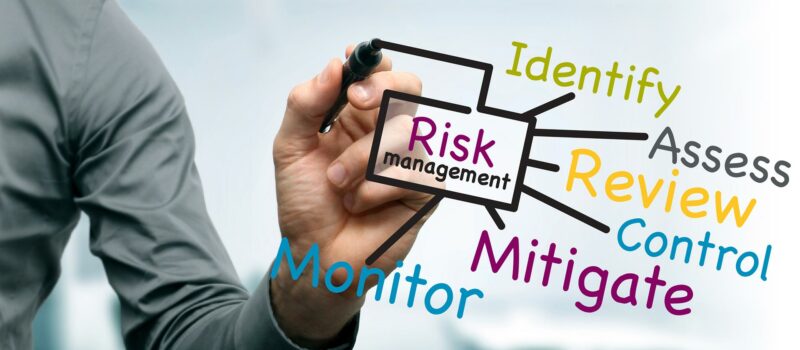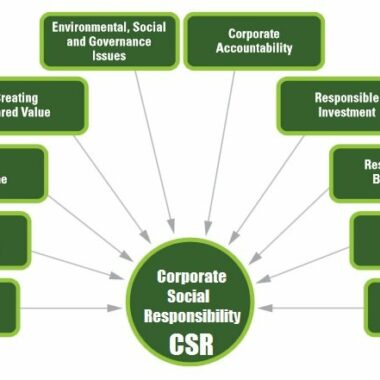Risk management is the process of identifying, assessing, and controlling risks. It is a systematic approach to managing uncertainty and minimizing its negative impact on an organization. Risk management can be applied to any type of organization, from small businesses to large corporations.
Why is Risk Management Important?
Risk management is important because it can help organizations to:
- Avoid or reduce the likelihood of negative events occurring
- Prepare for and respond to negative events that do occur
- Make better decisions about how to allocate resources
- Improve their overall performance
The Risk Management Process
The risk management process can be broken down into the following steps:
- Identify risks. The first step is to identify all of the potential risks that could impact the organization. This can be done by brainstorming, interviewing stakeholders, and conducting risk assessments.
- Assess risks. Once the risks have been identified, they need to be assessed. This involves estimating the probability of each risk occurring and the impact it would have on the organization if it did occur.
- Develop risk mitigation strategies. Once the risks have been assessed, risk mitigation strategies need to be developed. This involves taking steps to reduce the probability of risks occurring or to minimize the impact of risks that do occur.
- Implement risk mitigation strategies. Once risk mitigation strategies have been developed, they need to be implemented. This may involve making changes to the organization’s policies, procedures, or operations.
- Monitor and review risks. The risk management process is not a one-time event. It is important to monitor and review risks on an ongoing basis. This will help to ensure that the organization is prepared for any changes in the risk environment.
Risk Management Tools and Techniques
There are a number of tools and techniques that can be used to support the risk management process. These include:
- Brainstorming: Brainstorming is a group technique that can be used to generate a list of potential risks.
- Interviewing: Interviewing stakeholders can help to identify risks that may not be obvious to others.
- Risk assessments: Risk assessments can be used to estimate the probability and impact of risks.
- Decision trees: Decision trees can be used to analyze the costs and benefits of different risk mitigation strategies.
- Monte Carlo simulations: Monte Carlo simulations can be used to generate a range of possible outcomes for a project, given a set of assumptions.
Conclusion
Risk management is an essential part of any organization’s success. By understanding and managing risks, organizations can improve their chances of achieving their goals.
Here are some additional tips for effective risk management:
- Get everyone involved. Risk management should be a team effort. Everyone in the organization should be involved in identifying, assessing, and mitigating risks.
- Be proactive. Don’t wait for risks to happen. Be proactive in identifying and mitigating risks.
- Be flexible. The risk environment is constantly changing. Be prepared to adapt your risk management plan as needed.
- Use technology. There are a number of software tools that can help you to manage risks.
By following these tips, you can help your organization to reduce the likelihood of negative events occurring and to improve its overall performance.thumb_upthumb_downuploadGoogle itmore_vert


